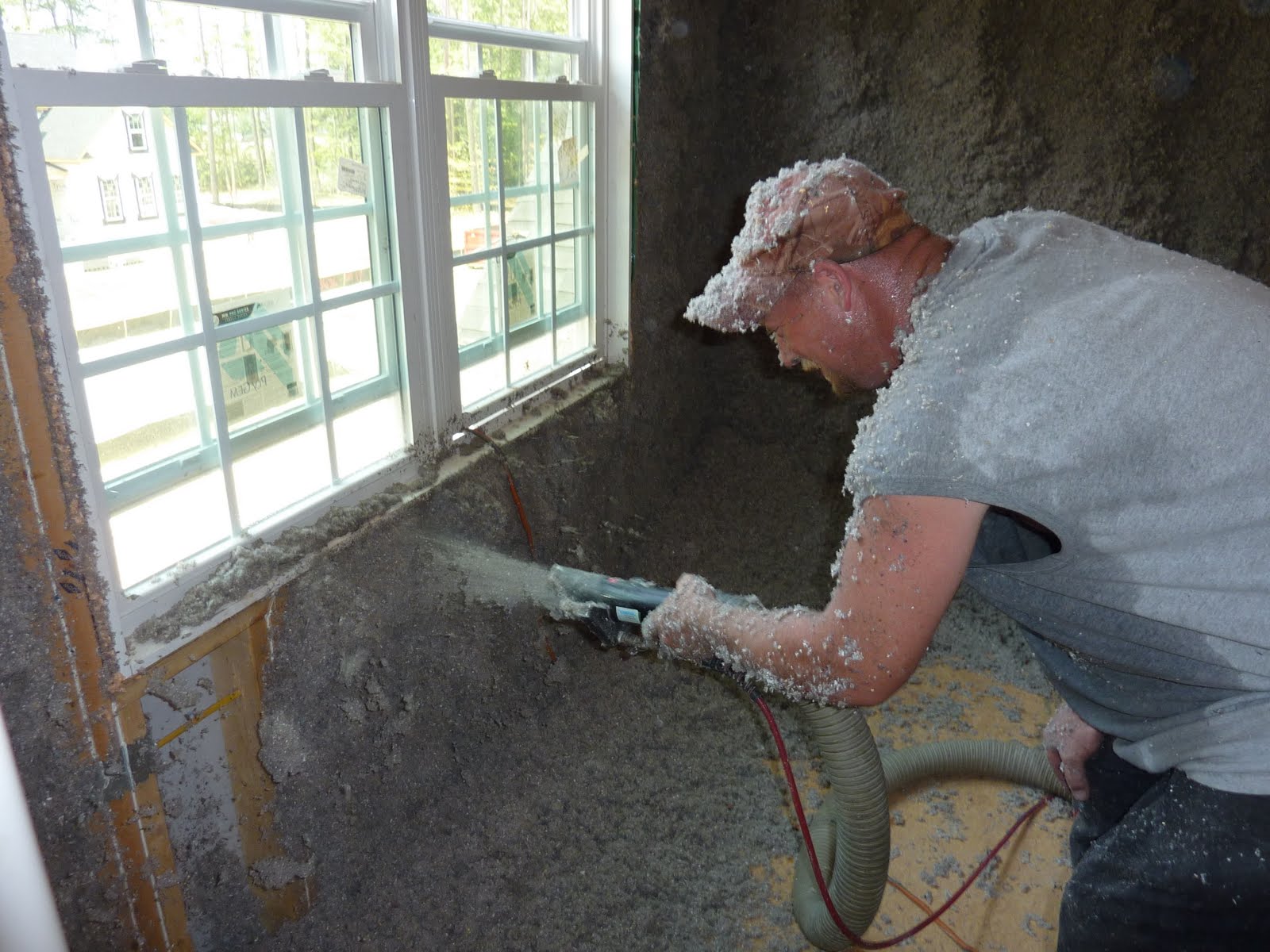Building Science has proved that in most cases, spray foam insulation will seal a house to achieve greater comfort and energy savings than any other product. Lets face it, foam is expensive. When the budget doesn’t warrant it, what product can deliver “near foam” type performance? The answer is cellulose.
Cellulose insulation has been around for over 100 years. Basically made of pulp wood, newspaper, cardboard or similar, the density of cellulose makes it a great air sealing product when installed correctly. Today’s cellulose is made from at least 80% recycled content, making it a perfect choice for LEED, Earthcraft, or other green building programs. Cellulose is at least 33% more energy efficient than fiberglass batts and about half the price of foam.
The two most common installations for cellulose is blown ceilings and existing home wall retro-fit. Whether it is a new construction application or a retro-fit, cellulose is blown in attic areas to control energy costs and increase comfort. Holes are drilled in the exterior walls of existing homes, and cellulose is pumped into the empty cavity space. In new construction, cellulose can be netted and dense-packed; great for under plywood, dormer ceilings, or between floors for sound control. Cellulose Wall-Spray is a “damp spray” application that allows exterior walls to be insulated in new construction. It is sprayed between the  cavities and scrubbed off flush with the studs.
cavities and scrubbed off flush with the studs.
Cellulose has a proven tract record of superior energy savings, sound reduction, and increased comfort in your home. As winter approaches and insulation season gets started, consider cellulose for your new home or retro-fit project. Spray Foam often gets all the glory in energy efficiency; cellulose is a work horse that delivers energy efficient performance at a price we can all afford.


Comments are closed here.